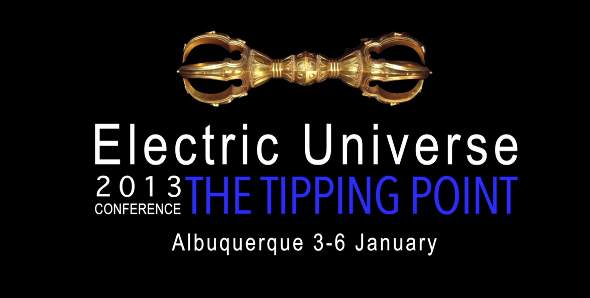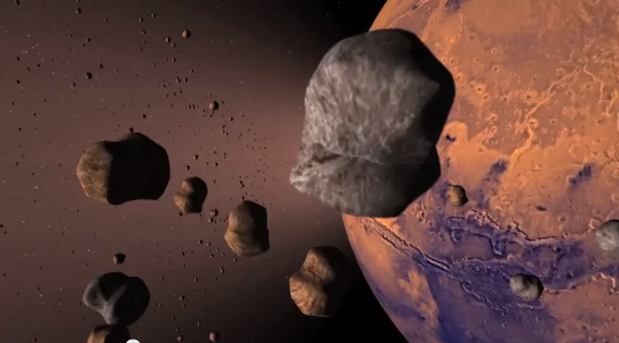Category: Multimedia
Multimedia snippets which may be of interest to our readers.
An Impossibly Young Supernova? | Space News
It seems that Supernova 2005gl in the barred spiral galalxy NGC 266 demolished standard theories of stellar evolution by exploding before it had shed its hydrogen envelope—a possibility denied by the commonly accepted model of supernovae explosions.
BILL NICHOLS: Electric Earth, Electric Weather | EU 2013
Supernova Defies Astronomical Theory | Space News
A recently discovered supernova has left astronomers scratching their heads. It’s in the wrong cosmic neighborhood, and from the vantage point of conventional theory is behaving quite badly.
Saturn’s Electric Moon Enceladus, Part One | Space News
The Saturnian moon Enceladus may be one of the most enigmatic bodies in the solar system. For nearly a decade, NASA scientists have faced a series of puzzles that continue to challenge conventional theory. The electrical nature of these puzzling phenomena has grown increasingly evident.
STEPHEN CROTHERS: Black Holes & Relativity, Part One | EU 2013

Yes, it’s an exotic subject, but Stephen Crothers has delivered a resounding critique of the most popular dogma in the theoretical sciences, all given at a level of common sense, free from mathematical elaborations. Download a PDF of Crothers’ powerpoint presentation here. Link to Part Two on YouTube: http://www.youtube.com/watch?v=CHZ5O0jTH8A
Electrical Scarring of Planets & Moons w/Stephen Smith, Pt. Two

Thunderbolts Picture of the Day Managing Editor Stephen Smith continues his review of electrical scars on rocky bodies of the solar system, here concentrating on the planet Mars, perhaps the best laboratory in space for exploring the violent electrical history of our planetary neighbors and of earth itself. See also on…
JAMES SORENSEN: Halton Arp & the Big Bang | EU 2013
Here is an introduction to challenges posed by the 20th century’s leading expert on peculiar galaxies. Halton Arp’s life’s work led him to discern a fundamental error in today’s cosmological assumptions: the common use of redshift to calculate galactic distances does not fit with systematic observations.
Russian Meteor—Another Shock to the System
The recent explosion of a large meteor over Russia caused hundreds of injuries and considerable damage to local buildings—the most destructive such event in more than 100 years. The explosion has also raised new questions pointing directly to the behavior of large meteors in the Electric Universe.
GERALD POLLACK: Electrically Structured Water, Part 2 | EU 2013
In this lecture Dr. Jerry Pollack, a professor in the bio-engineering department of the University of Washington, discusses new insights into structured water garnered in his lab during the past year. Dr. Pollack has spent the last 10 years researching the role of water in biological tissue, and his discoveries…












